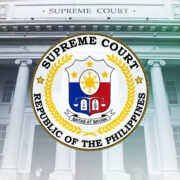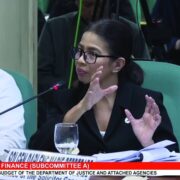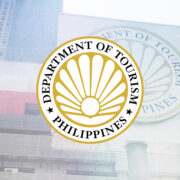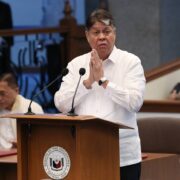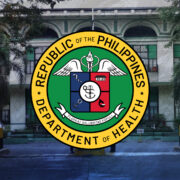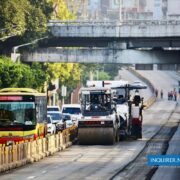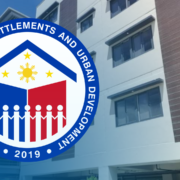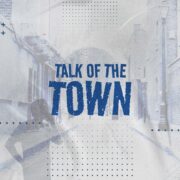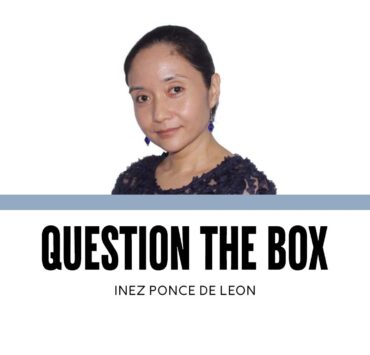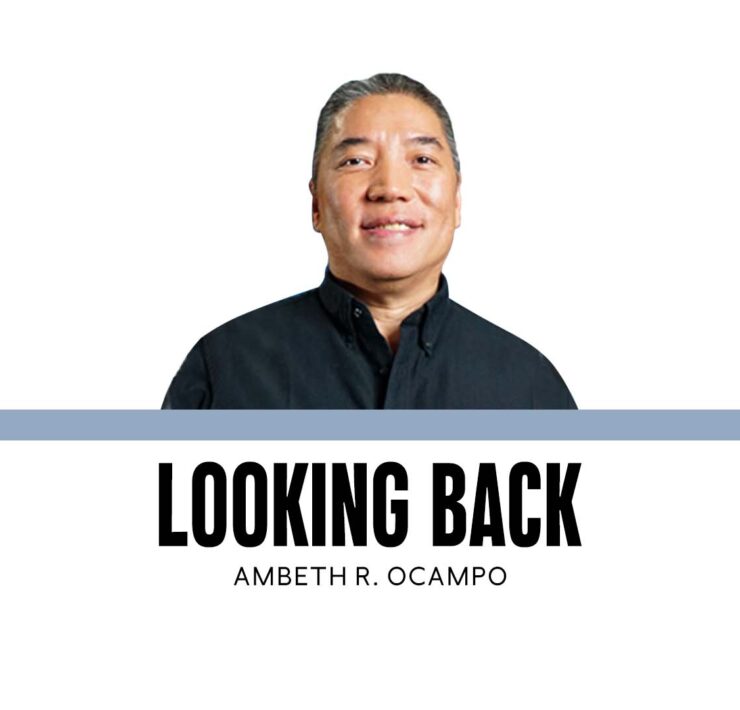A typhoon named Zigzag
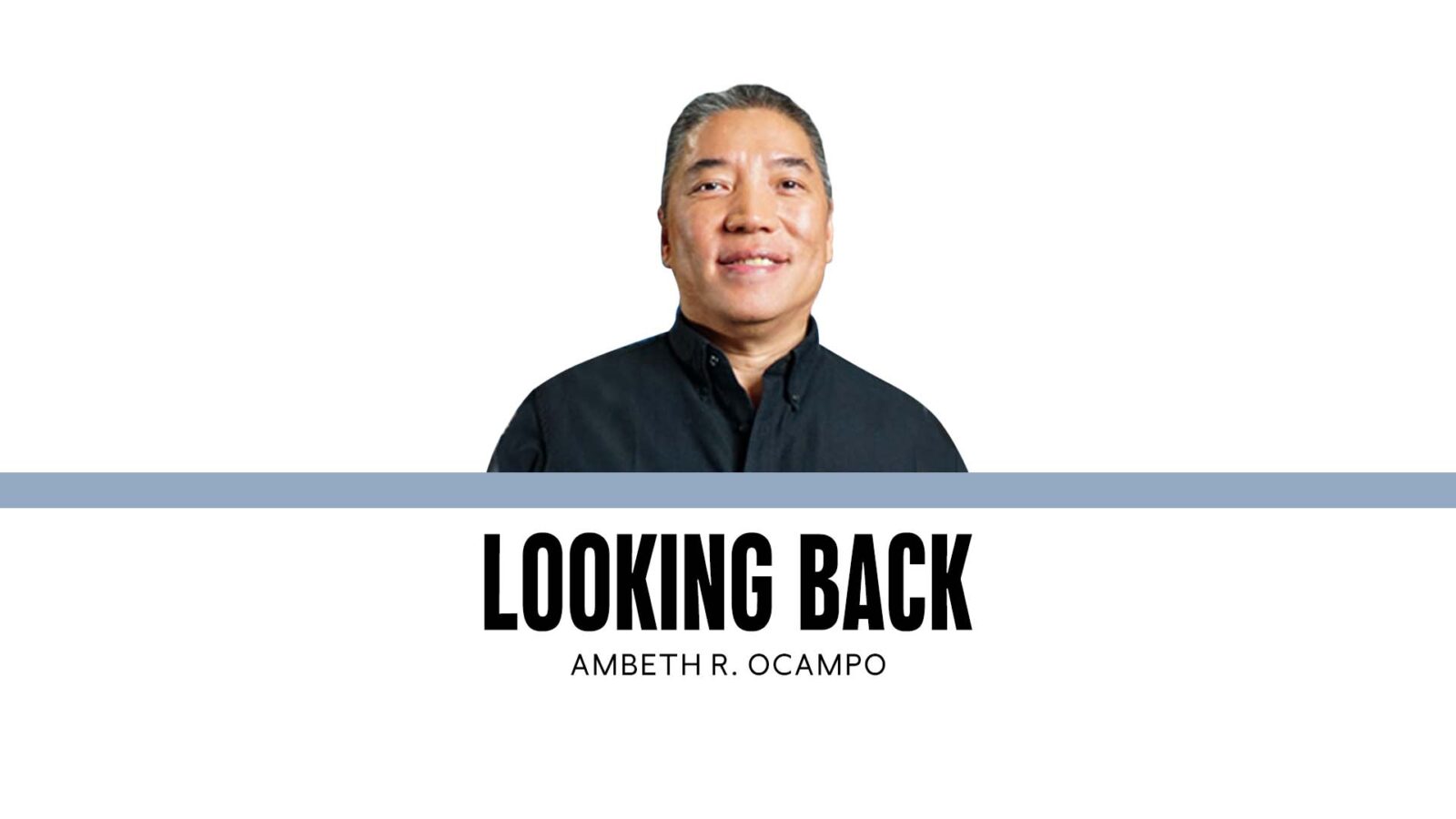
When you ask Filipinos what typhoons they remember, the most devastating and recent ones come to mind like “Yolanda” (2013) and “Ondoy” (2009). Since I was born in the last century, the two typhoons seared in my memory both begin with “Y,”—Yolanda and “Yoling” (1970). Growing up, I was told that typhoon names were feminine, reflecting an unscientific and sexist stereotype; women were said to be like the weather: fickle and wont to change their minds without rhyme or reason. Typical typhoon names sound rather distant, like those of my father’s spinster aunts and elderly relations, like “Rosing” (1995) and “Sisang” (1987). Nobody in my generation is named or called “Nitang” (1984) or “Ruping” (1990) anymore. No one in my generation would be caught dead with an old-fashioned name ending with “ng” so it is a welcome change in the 21st century to have familiar, more contemporary typhoon names like Ondoy and “Odette” (2021).
“Crising” left a lot of damage in her wake. Her path, coupled with heavy rain, left parts of Metro Manila flooded, causing traffic and disruption of work and classes. You don’t really remember or notice a typhoon until it hits home; those unaffected by “Auring” and “Bising” don’t know them. I am scared to even imagine something worse than Crising and they already have names. The coming typhoons are in alphabetical order: Dante, Emong, Fabian, Gorio, Huaning, Isang, Jacinto, Kiko, Lannie, Mirasol, Nando, Opong, Paolo, Quedan, Ramil, Salome, Tino, Uwan, Verbena, Wilma, Yasmin, and, last but not least, Zoraida. I hope we don’t reach, or worse, exceed “Z” for the remainder of 2025.
I am curious to know how Pagasa (Philippine Atmospheric, Geophysical, and Astronomical Services Administration) came up with the four sets of typhoon names that will be rotated and used until 2036. Aside from alphabetical order, I fail to see any pattern in the random list of names nominated by some Pagasa-focused groups. We now have more common feminine names like Ada, Betty, Carina, Ester, Josie, Betty, Jenny, Marilyn, Sarah, Vicky, Wilma, and Zeny. Unlike the feminine typhoons of my childhood, we have gender equality now, and, therefore, formal male names like: Emil, Henry, Julian, Luis, Samuel, Tomas, Umberto, Waldo, and Zosimo. Some male names are familiar or nicknames: Caloy, Dindo, Gardo, Kiko, Obet, Onyok, Tonyo, and Yoyoy. Of course, the old-fashioned nicknames that end with “ng” are still on the list: Amang (Eulogio), Basyang, Domeng (Domingo), Dodong, Enteng (Vicente), Neneng, Upang, Yayang (Hiaria), and Yoyong (Gregorio). Other names have no gender like: Kiyapo, Kabayan, Tamaraw, Ugong, and, would you believe Pagasa named a typhoon Zigzag!
If I were asked to provide names for Philippine typhoons, I would recommend animals like the tamaraw, tarsier, whale shark, and Philippine eagle—even the endangered species like the Asian Palm Civet or “musang” and the Blue-naped parrot or “pikoy.” These two are so rare, many of us will never spot them in the wild— except in our wallets. It is rather amusing that low-denomination polymer banknotes abundant last Christmas, have suddenly become rare as the musang and pikoy on them. Surely our ornithologists and botanists can supply more than enough names for Philippine typhoons.
As a historian, I wouldn’t want to name typhoons after our heroes or prominent historical figures, nor from our many heroes of science and culture. Maybe I can provide Pagasa with a list of villains in Philippine history. I have a list of people we should remember for the wrong reasons. While the names of these villains are appropriate for destructive typhoon names, on second thought, these evil men and women would dishonor our typhoons. Isn’t it an insult to crocodiles and vultures when we associate them with corrupt politicians and law enforcers?
A pity that the rain and flash floods kept me from consulting the archives of the Manila Observatory at the Ateneo campus for this column. Just when I needed it, I couldn’t find my copy of the “Charts of Remarkable Typhoons in the Philippines: 1902-1934” by Miguel Selga that includes an earlier list compiled from various sources going as far back as 1348! Selga did not name the typhoons individually, but listed them by year. What he calls “remarkable” is a reference to the severity of the typhoon.
Another Jesuit, Miguel Saderra Maso, S.J., focused on earthquakes and volcanoes. Fr. Maso, using historical sources, compiled a “Catalogue of Violent and Destructive Earthquakes in the Philippines” covering the years 1599 to 1909. A pity that when we think of the Manila Observatory, the name of Fr. Federico Faura obscures those of his equally significant brothers. “Padre Faura” is the street where you will find: the Supreme Court, UP Philippine General Hospital, Robinsons Mall, and Solidaridad Bookshop. These Jesuit scientists must have been obsessive-compulsive because their detailed atmospheric data compiled since the 19th century, though largely historical now, can be compared with current data to see how much climate change has brought upon our planet today.
Ambeth is a Public Historian whose research covers 19th century Philippines: its art, culture, and the people who figure in the birth of the nation. Professor and former Chair, Department of History, Ateneo de Manila University, he writes a widely-read editorial page column for the Philippine Daily Inquirer, and has published over 30 books—the most recent being: Martial Law: Looking Back 15 (Anvil, 2021) and Yaman: History and Heritage in Philippine Money (Bangko Sentral ng Pilipinas, 2021).





